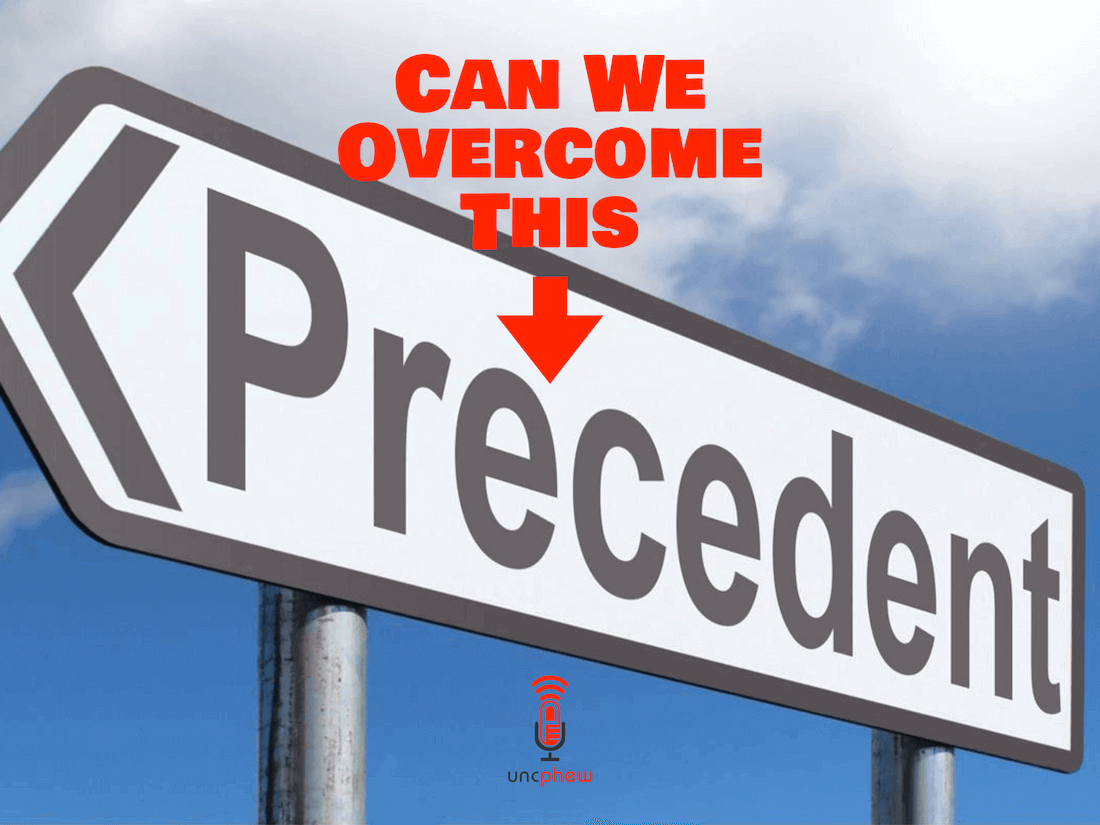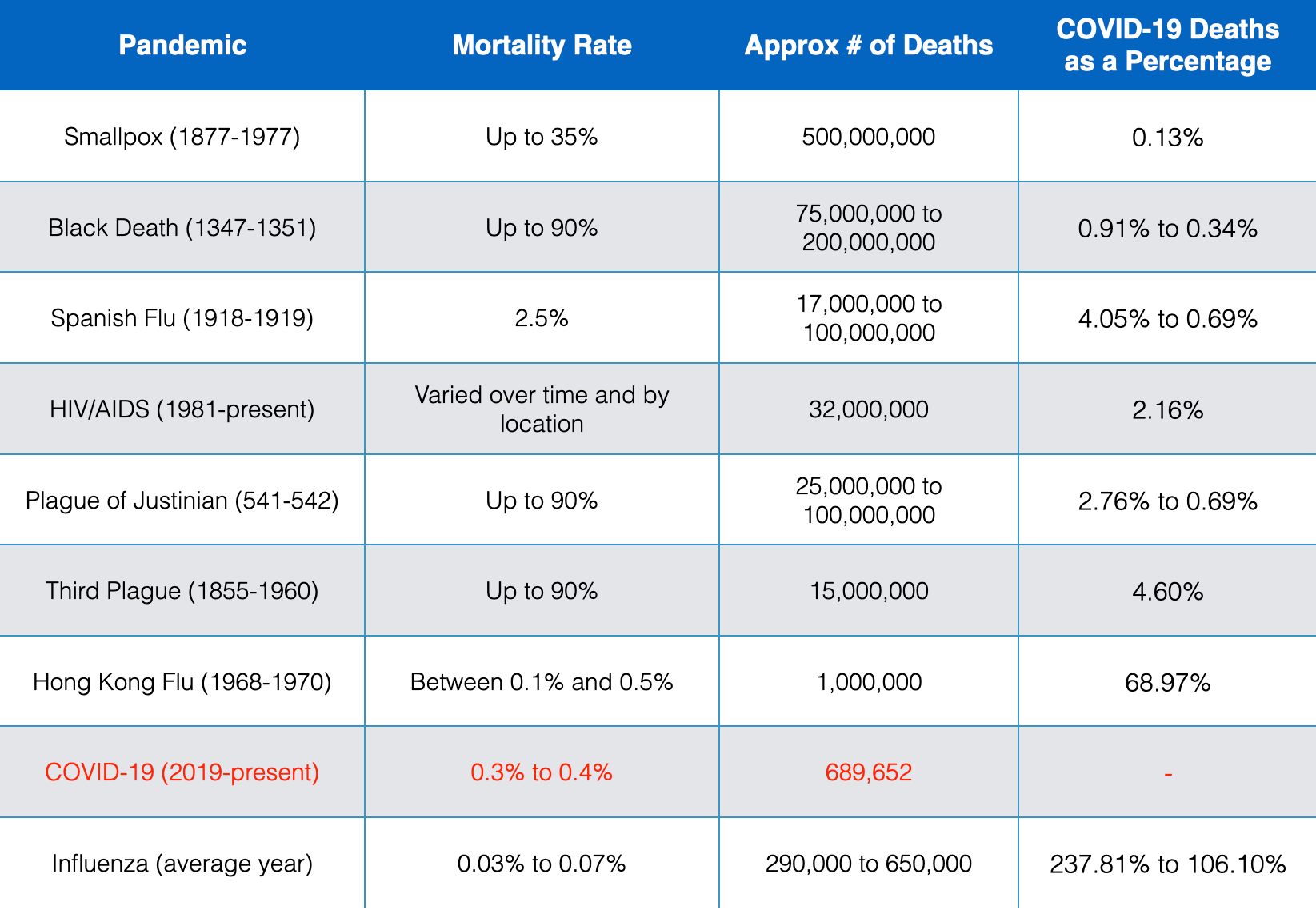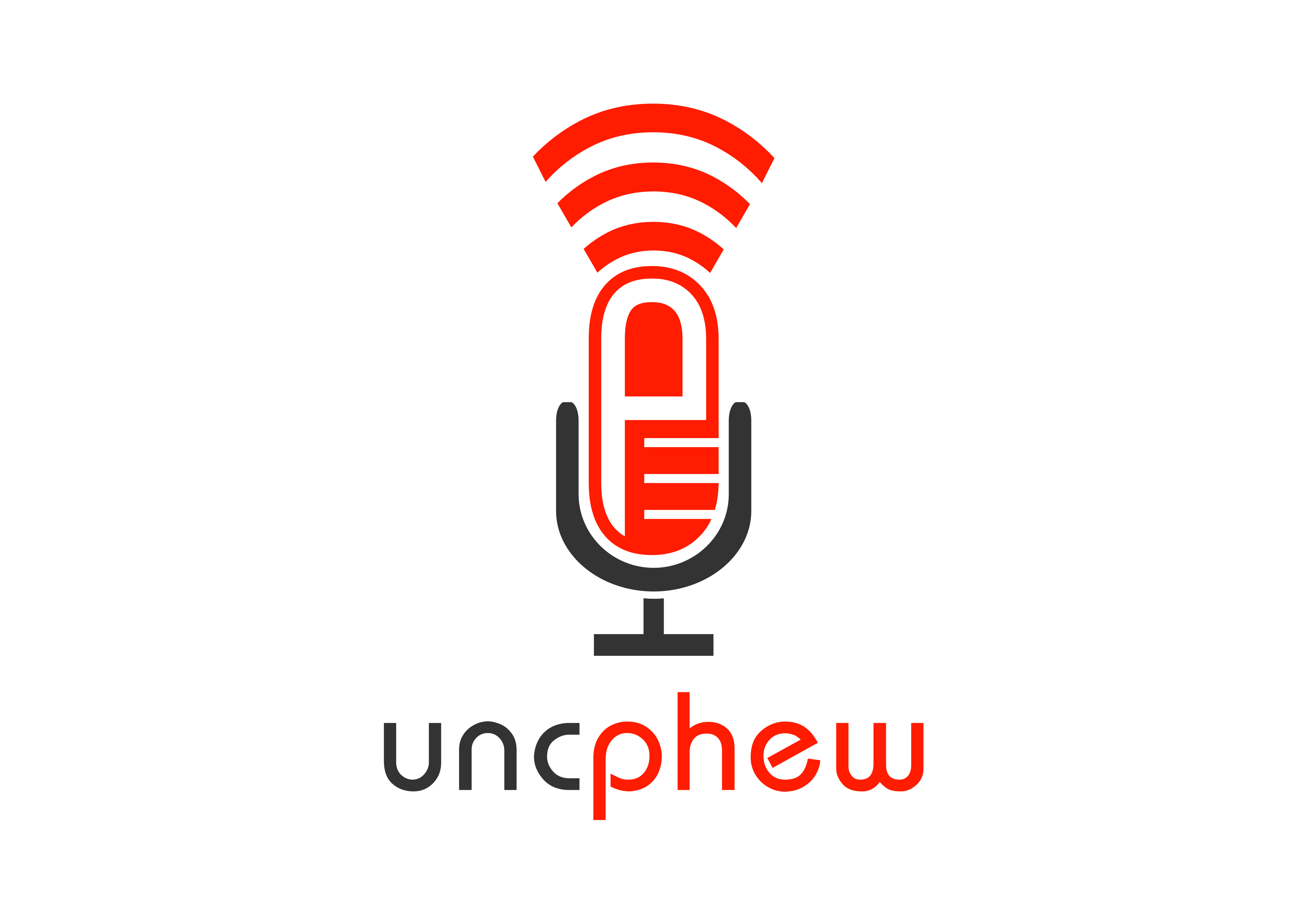
Can We Overcome This Precedent?
A precedent has been established in terms of our response to dealing with outbreaks like coronavirus. But can we survive this precedent going forward, when it spikes again, or when the next virus comes our way?
Let’s Set Everything Aside…
Let’s set aside all the politics.
Let’s set aside the politicization of everything relating to COVID-19.
Let’s set aside the debate with respect to where and how the virus originated.
Let’s set aside all of the theories, conspiratorial in nature or otherwise.
Let’s set aside arguments surrounding the qualifications of Dr. Fauci and others of his ilk, and whether any such ordinary, fallible human beings should ever be placed in positions of such massive decision making authority.
…Even the Massive Collateral Damage
Let’s even set aside the massive collateral damage that has resulted from the various shutdowns that have occurred in response to coronavirus, including the shuttering of businesses, the loss of jobs and careers, and the sharp increases in alcoholism, drug abuse, domestic violence, child abuse, depression, suicides and other human costs. Getting more specific, for a virus with a 0.3% to 0.4% mortality rate, we have:
• Added nearly $6 trillion to our national debt
• Displaced 50 million workers
• Increased unemployment over 400%
• Exacerbated mental health problems
• Shut down schools and colleges
• Increased suicide rates to epidemic levels
• Delayed surgeries and treatments for profound illnesses
• Infringed upon countless important civil liberties
Yes, let’s even set all those things aside.
Except for this One Thing
Let’s set aside everything relating to the pandemic and focus on just this one thing: the incredibly dangerous precedent that has now been established.
I am of course referring to the precedent that has been established in terms of how we respond to a threat like coronavirus going forward.
Because here is the hard, cold truth of the matter: If the precedent we’ve established via our reaction to COVID-19 is the response template we’re going to use for dealing with future similar scenarios, for all intents and purposes, we’ve already signed the death warrant for America.
I say that because it is inevitable that we will have similar threats in the future, either in terms of seasonal or situational spikes in COVID-19, or in terms of new viruses that will undoubtedly arise going forward.
So, we know we’re going to be back in the same relative position in the future, and probably many more times, I would guess.
Ergo, if the “COVID-19 response” is going to be the norm going forward, that means we’ll be shutting down everything again…and again…and again.
And that is the ultimate question I am asking here: can we survive the consistent application of that kind of a response?
We May Survive the First
Continuing, I think we may be able to survive this first major shutdown, which, for most, began sometime in March of 2020.
The key word there is “may.” It’s way too soon to really know how this is all going to play out.
My real fear is that we have literally tens of millions of people who are about to transition from “barely making ends meet” to “I’m out of money and now what?” to “I was just evicted and I have nowhere to go.”
I’ve read some truly terrifying predictions regarding the number of people who have already or are about to run out of capital, with no real prospects or plans for bridging the financial abyss that now lays exposed before them.
I personally know a number of business owners who have burned through the PPP loans they were lucky enough to obtain, but now there’s nothing coming after that, and – in many places, like Michigan, where I live – the governor’s edicts have essentially hamstrung or outright crippled many businesses, even those fortunate enough to have been allowed to reopen without any specific restrictions.
Nightmare Scenarios Come to Life
What happens when those businesses that are barely hanging on run out of money?
What happens when people run out of unemployment benefits, and have no other way to make ends meet?
What happens when millions – maybe even tens of millions – of people are down to their last dollar and are served with eviction notices?
Picture the apocalyptic scenes we’ve watched play out in recent months in Minneapolis, Seattle and Portland.
Now, imagine that times a thousand.
Or ten thousand.
My mind can’t even go there, to be honest.
We Won’t Survive Another
All that said, if we open the country up now, and get as many people back to work as quickly as possible, I think there still may be enough time to right the ship before literal anarchy envelops the streets of America.
However, if we don’t open up quickly – or if we do open up quickly, but another shutdown is mandated at some point in the following six to 18 months – I don’t see any way we can survive that.
I just don’t.
First, I think too many people are too beaten down; financially, emotionally, psychologically, spiritually, you name it.
Full disclosure: I really haven’t suffered much during the shutdown.
I am an introvert by nature, and I love my own company.
My need for socialization is very, very low.
I have so many interests, and such overwhelming curiosity, that I have no idea what it means to be bored.
But now, after over FOUR MONTHS of complete or partial shutdown, this is all starting to get to me.
And if it’s getting to ME, it is getting to EVERYONE.
Second, because any business that is fortunate enough to survive this first shutdown will likely not have enough resources to survive a second storm.
Very few businesses have pockets that deep.
A Local Example
As one example, I go to a great yoga studio in my hometown of Plymouth, Michigan.
When I think of local, small business success stories, I think of that place first.
The husband-and-wife proprietors opened the studio in 2009, and, up until the shutdown, they did nothing but grow and prosper, even opening a second facility in an adjacent community a couple of years ago.
After being completely out of business for months, the governor allowed such facilities to reopen recently.
Shortly after reopening, I received an email from that yoga studio asking for donations. The email indicated that, without external support, they might not make it.
I was a little bit shocked, as I thought they probably had plenty of money stashed away to survive the shutdown somewhat comfortably.
The studio is not cheap, it has tons of members, and every class is packed.
The club had only been reopened a couple of weeks when it was shut down again.
I then received a second email from them, again pleading for financial assistance from its members.
I am now fearing the worst for them, and that truly breaks my heart.
To make matters worse, these people are my neighbors. A friend of mine built their lovely home, which sits on a lovely tree-lined street in an absolutely beautiful town, just a few blocks from me as I write this.
And what about all the other small local businesses that were not as successful or as profitable as that yoga studio?
Please Allow Me To Be Clear
As more and more is learned about COVID-19 – assuming you’re more interested in the actual science/the truth than in identity politics – we see with greater clarity the degree to which our collective response to the virus was overstated and exaggerated.
To be clear, I am NOT saying that coronavirus is not real.
Of course it is.
And I am not saying it doesn’t kill people.
Of course it does, and it will continue to do so.
What I am saying is that – while every human life matters, and I am truly sorry for every person who has died as a result of contracting COVID-19 – the reality of the matter is that coronavirus is nowhere near the worst pandemic we’ve seen.
In fact, on the scale of the worst pandemics in world history, it barely registers.
How COVID-19 Compares
But please, do not take my word for this.
Let’s use the actual numbers from the truly horrific pandemics that have occurred throughout history, and compare them to COVID-19.
Below is a graphic I created that compares the worst pandemics in world history to COVID-19 statistics as of the date I am writing this (August 3, 2020). I obtained the included statistics (some of which are updated daily) from the CDC’s website, from an article from Johns Hopkins Medicine, from an April 7, 2020 Washington Post article entitled History’s deadliest pandemics, from ancient Rome to modern America, and from an article on PublicHealthOnline.org page called The Worst Global Pandemics.

I’ll let you draw your own conclusions from this information, but I will share with you the primary thought I had once I completed this summary: we stopped the world for a virus that one could argue is not that much more deadly than a bad seasonal flu.
Yes, the COVID-19 mortality rate is higher than a typical seasonal flu, but it’s hard to know exactly how much higher, particularly given all the questionable deaths that have been attributed to coronavirus that likely were caused by something else.
On the flip side, the shutdown may have impacted things in the opposite direction, but it’s hard to measure that as well, given all the people who have contracted the virus and shown absolutely zero symptoms.
Focus on the Big Picture
The natural tendency at this point is to want to dive into the minutia and to debate the accuracy of the numbers.
I suggest we not do that, because – no matter what the “true” numbers end up being – the end result will not impact the point I am making here, which is this: no matter how you slice it, COVID-19 appears to be very much akin to the Hong Kong Flu of 1968-1970, which claimed around 1 million lives.
Yes, that is a lot of people, but it is 1/15th the magnitude of the next smallest pandemic.
In other words, COVID-19 is far closer – many magnitudes closer, in fact – to a typical seasonal influenza than it is to a true “global pandemic.”
Where Do We Draw the Line?
All of that leads to this: if we’re ever going to shut the world down again in response a virus, where and how do we draw the line?
On one end of the spectrum, I think we can all agree that we cannot realistically shut down the planet every time there is an outbreak of a typical seasonal flu, or even a bad seasonal flu. That is completely unreasonable.
That would be like shutting down the freeway system because there are too many car accidents.
We’d never do that, of course, because we recognize that the economy would collapse without that critical form of transportation.
So, we reasonably and realistically accept a certain number of traffic fatalities per year as the cost of keeping that kind of transportation available to the masses.
It’s a simple cost/benefit type of policy decision: a certain number of deaths are inherently acceptable for the greater good of the society.
We don’t like to think of it that way, but that really is the reality of the matter.
On the other end, if we were confronted with another version of something as severe the Spanish Flu – which claimed as many as 100,000,000 lives in two years – we would clearly be wise to consider a collective, unified response of some kind.
How We Respond to the Next Coronavirus
But, going forward, what are we to do in response to something like the next COVID-19, which – in terms of severity – is arguably at, or even below, the level of the Hong Kong Flu, and just above a really bad seasonal flu?
Because, if we are going to shut down the world every time a virus like COVID-19 comes along, we are going to destroy the economy permanently, and we’ll push the overall quality of living down to levels we’ve never before experienced in modern times in America.
Bottom-shelving this as much as possible, I’ll say this: I’d rather contract COVID-19 – with its 99.6% to 99.7% survival rate – and roll those dice rather than to live through another shutdown like the one we’ve just endured (and, in some places, are still enduring).
Pragmatism, Not Politics
Allow me to repeat: this post is not political.
Until this sentence, I have not once used the words “liberal, conservative, Democrat or Republican.”
I’m not pointing fingers.
I’m not blaming anyone.
In fact, this post is not even really about COVID-19.
This post is about rational, responsible and dispassionate logic, reason and policy making.
This post is pure pragmatism.
It simply recognizes where we are as a society and as a culture following months of mandated shutdowns, what we’ve learned from our response to COVID-19, and what we may need to do differently going forward.
Simple Human Survival
This post is about simple human survival, and the terrifying alternatives that may be thrust upon all of us if we don’t give people a reasonable opportunity to survive.
The bottom line: we need to get everything back open, right now.
And we cannot allow our response to COVID-19 to become the precedent and the template for dealing with future similar outbreaks.
We will not survive that.
We just won’t…
CATCH UP ON UNCPHEW PODCASTS IN THE PLAYER BELOW!
